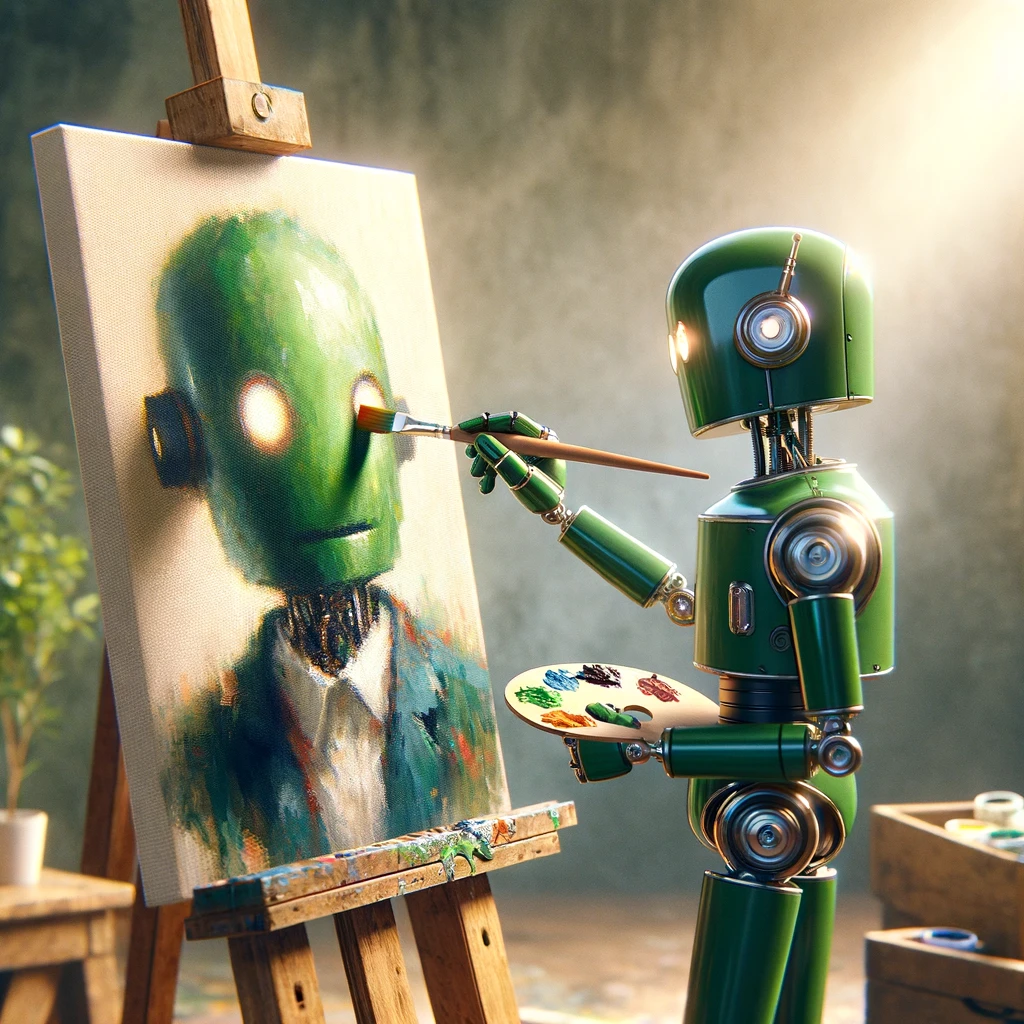I took a quick Udemy course on Prompt Engineering for UX. There were a lot of good tips in the course. It got me thinking that we need to define how AI can allow us to focus on the creative magic we bring as experienced UX designers.
As designers, AI can automate many of our routine UX tasks and documentation. This automation frees us to concentrate on the unique creative contributions we bring to the design process.
User Personas
Automation: ChatGPT can generate detailed user personas based on inputted data such as demographics, goals, behaviors, and pain points.
Human designer magic While the initial generation can be automated, experienced designers refine these personas with deeper insights and empathy gained from direct user interactions. The magic happens when we infuse these personas with real stories and emotions, ensuring they resonate and guide our design decisions authentically.
Manual Benefit: Crafting user personas manually allows designers to immerse themselves in user research, building a deeper connection with users. This process helps create more authentic and relatable personas that truly reflect user needs and behaviors. It's in this manual crafting that we find the true essence of our work as designers, and it's what sets our designs apart.
Recommendation is to use AI for general grouping, but to manually refine and customize the results. This manual touch is what builds empathy and authenticity into our work.
User Journey Maps
Automation ChatGPT can draft user journey maps by synthesizing user data and outlining key steps, touchpoints, and emotions throughout the user experience.
Human designer magic: Designers enhance these maps by adding nuanced insights, accurate user quotes, and personal anecdotes that bring the journeys to life. The real magic is in understanding the subtleties of user emotions and motivations at each stage, crafting journeys that truly connect with users.
Manual Benefit: Creating user journey maps manually deepens designers’ understanding of the UX flows currently in production and helps capture the subtleties of user emotions and motivations.
Recommendation: Automate the general steps but manually enhance and customize user journey maps with accurate user quotes and anecdotes to ensure they reflect the authentic user experience and our audience’s specific emotional journey.
Wireframes and Mockups Descriptions
Automation ChatGPT can create descriptions for wireframes and mockups, explaining the purpose of each element and the intended user interactions.
Human designer magic: Designers review and adjust these descriptions to align perfectly with the design vision and user needs. The magic is in the details, where experienced designers ensure every element serves a purpose, the most effective UI element is used, and best practices are followed.
Manual Benefit: Writing descriptions manually ensures that designers thoroughly think through each element’s purpose and user interaction, leading to more intentional and user-centered designs.
Recommendation: Use automation to get the basic steps and frames in quickly then refine the more custom steps manually. Spend less time creating basic wire frames and more time researching just the right UI elements and micro interactions for the job.
Competitive Analysis Reports
Automation: ChatGPT can gather information on competitors and generate comprehensive analysis reports, highlighting strengths, weaknesses, opportunities, and threats.
Human designer magic: Designers interpret these reports to draw actionable insights and strategic recommendations based on their industry expertise. The magic lies in understanding the competitive landscape and leveraging this knowledge to create innovative solutions that set us apart.
Manual Benefit: Conducting competitive analysis manually allows designers to develop a deeper understanding of the competitive landscape and identify unique opportunities and threats that automated reports might miss.
Recommendation: Manually interpret and analyze competitive data to draw strategic insights and create innovative solutions that stand out.
Usability Test Scripts
Automation: ChatGPT can draft usability test scripts, including test scenarios, tasks, and questions, based on the project goals and user personas.
Human designer magic: Designers refine these scripts to ensure they effectively address the specific research questions and capture the nuances of user interactions. The magic happens when we craft scenarios that truly reflect realworld usage specific to our apps and uncover valuable insights.
Manual Benefit: Developing usability test scripts manually ensures that designers address specific research questions and capture the nuances of user interactions, leading to more effective and insightful usability tests. Refine scripts as testing proceeds based on learning from interviews.
Recommendation: Manually write scripts but use ChatGpt to gut check for bias and refine questions.
User Feedback Summaries
Automation: ChatGPT can analyze user feedback from surveys, interviews, and usability tests to generate summaries and identify common themes.
Human designer magic: Designers review and tailor these specs to ensure they accurately reflect the design intent and technical feasibility. The magic is in bridging the gap between design and development, ensuring our vision is brought to life seamlessly.
Designers dig deeper into this feedback to uncover underlying issues and craft strategic recommendations for improvement. The magic lies in transforming raw data into meaningful insights that are specific to our business and not over generalized.
Manual Benefit :Analyzing user feedback manually allows designers to uncover deeper insights and craft strategic recommendations that address the core issues and enhance the user experience.
Recommendation: Use AI to compare, categorize and do sentiment analysis, bit manually analyze user feedback to uncover deeper insights and craft strategic recommendations for design improvements.
Stay magical designer humans!








